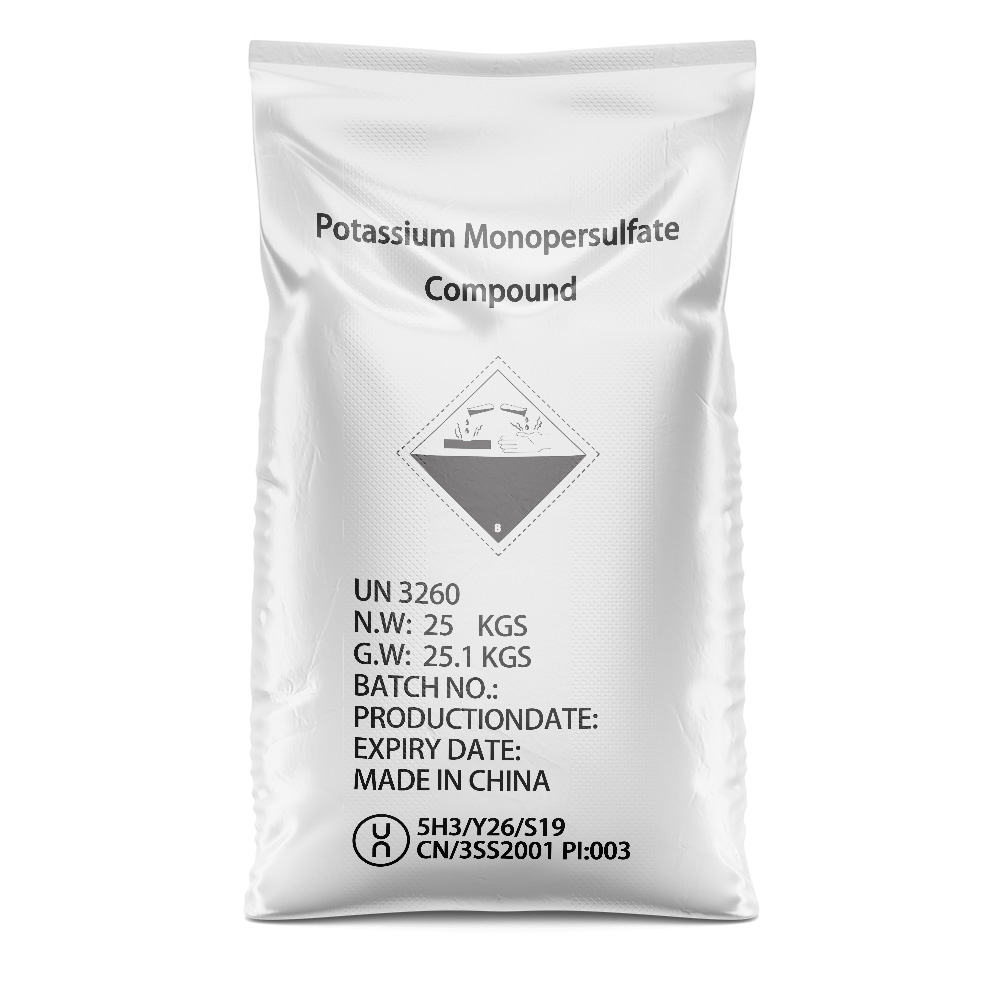



sds polyacrylamide
Understanding SDS-PAGE and Polyacrylamide Gel Electrophoresis
Sodium dodecyl sulfate-polyacrylamide gel electrophoresis (SDS-PAGE) is a widely utilized technique in molecular biology for separating proteins based on their molecular weight. This method is crucial for protein analysis, characterization, and purification, making it an indispensable tool in both research and clinical laboratories. In this article, we will explore the principles behind SDS-PAGE, its applications, and the procedural nuances that make it a reliable technique for protein analysis.
Principles of SDS-PAGE
At its core, SDS-PAGE relies on the unique properties of polyacrylamide gels and the ionic detergent sodium dodecyl sulfate (SDS). Polyacrylamide gels are formed through the polymerization of acrylamide, a process that creates a porous matrix capable of separating proteins based on size. The size of the pores can be adjusted by varying the concentration of acrylamide, allowing researchers to tailor the gel to their specific needs.
SDS plays a critical role in this process. It is an anionic detergent that binds to proteins, imparting a negative charge proportional to the protein's length. This uniform charge negates the intrinsic charges of the proteins, ensuring that they migrate solely based on their size during electrophoresis. When an electric current is applied, the negatively charged protein-SDS complexes migrate towards the positive electrode, with smaller proteins traveling faster through the gel than larger ones.
The SDS-PAGE Procedure
The procedure for conducting SDS-PAGE involves several key steps
1. Sample Preparation Proteins are extracted from cells or tissues and denatured by heating in the presence of SDS and a reducing agent, usually 2-mercaptoethanol or dithiothreitol (DTT), which breaks disulfide bonds. This denaturation ensures that proteins assume a linear structure, facilitating accurate separation.
2. Gel Preparation Polyacrylamide gels are prepared by mixing acrylamide, bis-acrylamide (to create cross-links), buffer, and a polymerization initiator. The gel is then allowed to polymerize, creating a solid matrix.
sds polyacrylamide

3. Loading the Samples Denatured protein samples are mixed with a loading buffer containing SDS and a tracking dye and are loaded into wells formed in the gel.
4. Electrophoresis The gel is placed in an electrophoresis chamber filled with buffer, and an electric current is applied. The proteins are separated based on their size as they migrate through the gel.
5. Staining After electrophoresis, the gel is stained to visualize the separated proteins. Coomassie Brilliant Blue and silver staining are commonly used methods, each with its own sensitivity and resolution levels.
6. Analysis The resulting bands on the gel can be analyzed qualitatively and quantitatively. The distance migrated by each band is compared against a molecular weight marker, allowing for the estimation of the size of unknown proteins.
Applications of SDS-PAGE
SDS-PAGE is essential for various applications in biochemistry and molecular biology. Some of its key uses include
- Protein Purification SDS-PAGE can help assess the purity of protein samples, determining if further purification steps are necessary. - Molecular Weight Estimation By comparing unknown proteins to standard markers, researchers can estimate the molecular weights of proteins, providing insights into their identities. - Post-Translational Modification Studies Differences in banding patterns on the gel can indicate post-translational modifications such as phosphorylation, glycosylation, and ubiquitination. - Comparative Studies SDS-PAGE is used in comparative studies to evaluate protein expression levels in different conditions, such as treated vs. untreated samples or different developmental stages.
Conclusion
SDS-PAGE is a powerful technique that has revolutionized protein analysis and characterization in the life sciences. Its ability to separate proteins based on size allows researchers to gain valuable insights into protein structure, function, and interactions. By understanding the intricacies of SDS-PAGE, scientists can leverage this technique to advance their research and contribute to our understanding of biological processes, ultimately paving the way for new therapeutic strategies and innovations in biotechnology. As technology progresses, the foundational principles of SDS-PAGE will continue to serve as a cornerstone for protein analysis in laboratories around the world.
-
Why Sodium Persulfate Is Everywhere NowNewsJul.07,2025
-
Why Polyacrylamide Is in High DemandNewsJul.07,2025
-
Understanding Paint Chemicals and Their ApplicationsNewsJul.07,2025
-
Smart Use Of Mining ChemicalsNewsJul.07,2025
-
Practical Uses of Potassium MonopersulfateNewsJul.07,2025
-
Agrochemicals In Real FarmingNewsJul.07,2025
-
Sodium Chlorite Hot UsesNewsJul.01,2025










